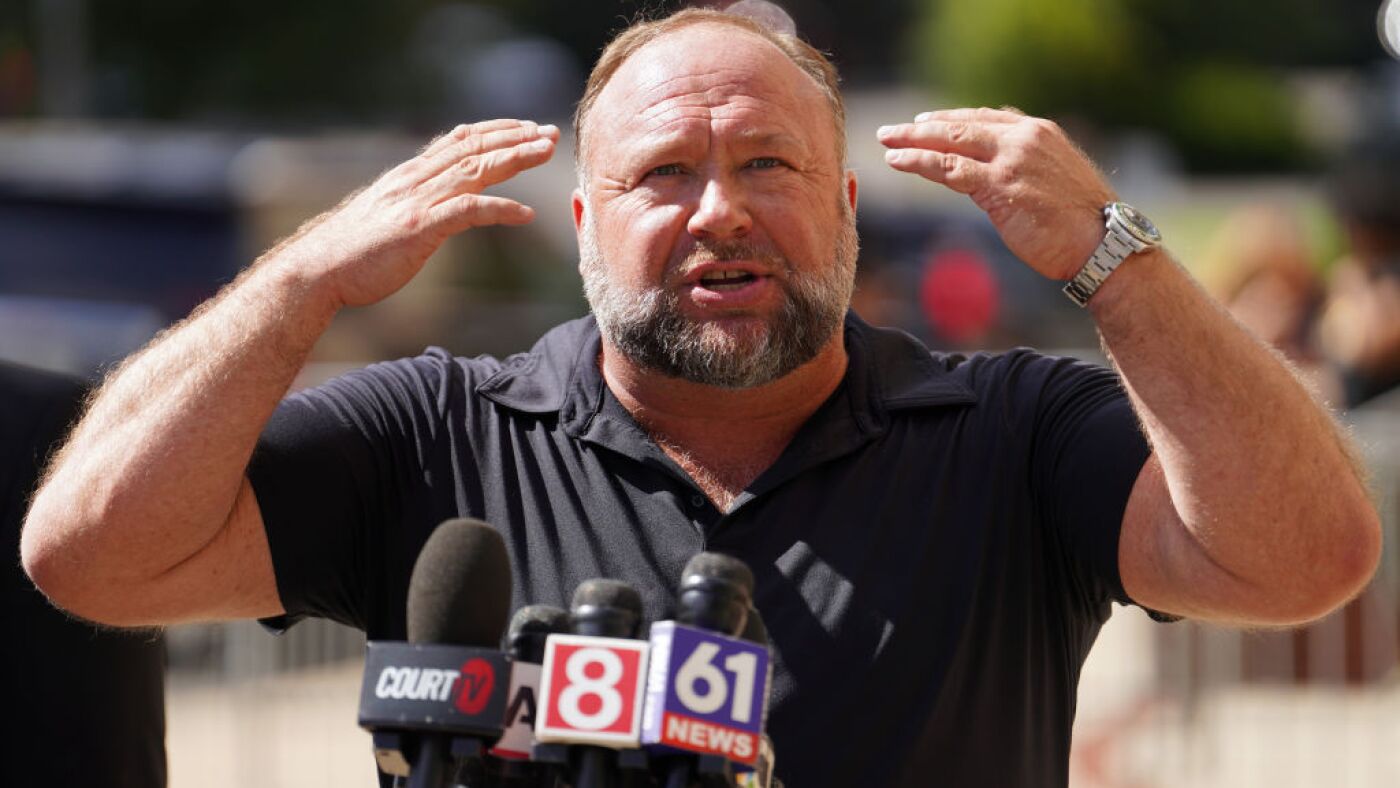Recently, a Tesla robotaxi in Austin, Texas, made headlines after lightly grazing a parked vehicle. A YouTuber named DirtyTesla captured the moment on video. The Model Y, after dropping off its passenger, struggled to navigate out of a dim alley and bumped into a Toyota. Thankfully, no one was hurt, and the safety monitor was able to take over and drive away afterward.
This incident highlights some challenges in the world of self-driving cars. Tesla’s robotaxi service began in Austin just two weeks ago, and early user experiences have been mixed. Some riders reported that the car stopped unexpectedly for non-existent emergency lights or even veered briefly onto the wrong side of the road.
Tesla’s self-driving technology primarily uses cameras and artificial intelligence, setting it apart from competitors like Waymo. Waymo relies on a mix of cameras, lidar, and radar for its robotaxi services. However, they’ve had their own issues, including a recall last year in Phoenix after a collision with a telephone pole and another recall this past May due to problems with hitting roadway barriers.
Experts note that while self-driving cars present a promising future, they still face significant hurdles. According to a 2023 survey by the American Automobile Association, 77% of people are cautious about riding in fully autonomous vehicles, citing safety concerns as a top reason.
As technology advances, it’s essential to balance ambition with safety. Each incident underscores the need for rigorous testing and refinement in these systems to ensure public trust. This evolving landscape will be closely monitored as more robotaxi services roll out across the country.
For more on the challenges of autonomous vehicles, check out this report.
Source link
news, gear, Tesla, AI, autonomous vehicles, robotaxi





















